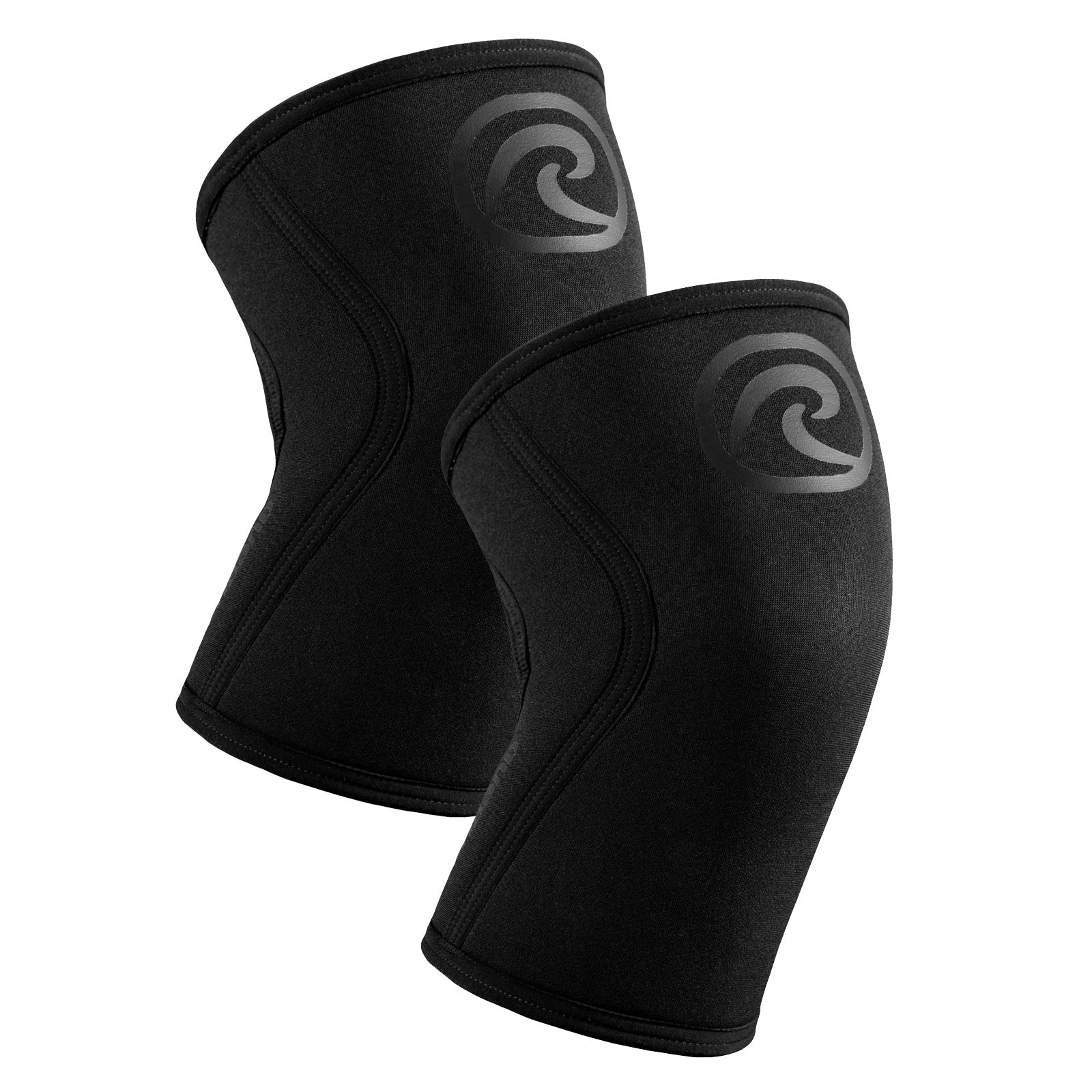Understanding Meniscus Injuries
The meniscus is a C-shaped piece of cartilage in the knee that acts as a cushion between the thighbone and shinbone, playing a crucial role in stabilizing the joint and absorbing shock during activities. Each knee has two menisci: the medial (inner) and lateral (outer) meniscus. Meniscus injuries are common, especially among athletes, and can significantly impact knee function.
In younger individuals, meniscus injuries often result from acute trauma during sports that involve sudden stops, jumps, or changes in direction, such as soccer or basketball. A common mechanism is a forceful twisting of the knee while the foot is planted, leading to tears. In older adults, the meniscus can become brittle due to degenerative changes, making it susceptible to injury from minimal stress, like standing up from a squatting position.
Symptoms of a meniscus injury can vary but typically include pain along the joint line, swelling, a sensation of the knee giving way, and limited range of motion. Some individuals may experience locking of the knee, where it becomes stuck in a bent position, indicating a possible displaced tear.
Diagnosis and Treatment Options
Diagnosing a meniscus injury involves a thorough clinical examination, including specific tests to assess knee function, and imaging studies like MRI to confirm the extent and location of the tear. Early and accurate diagnosis is essential for effective treatment.
Treatment strategies depend on factors such as the type, size, and location of the tear, as well as the patient's age and activity level. Conservative management may include rest, ice, compression, elevation (RICE), anti-inflammatory medications, and physical therapy to strengthen the surrounding muscles and improve joint stability. However, if symptoms persist or the tear is severe, surgical intervention might be necessary.
Arthroscopic surgery is a minimally invasive procedure commonly used to treat meniscus tears. Depending on the tear's characteristics, the surgeon may perform a meniscectomy, removing the damaged portion, or a meniscus repair, suturing the torn edges together. Meniscus repair is often preferred, especially in younger patients or when the tear is in a region with good blood supply, as it preserves more of the meniscus's function.
Postoperative rehabilitation focuses on restoring knee function through a structured physical therapy program, emphasizing gradual return to activity to prevent re-injury. Adhering to rehabilitation protocols is crucial for optimal recovery.






